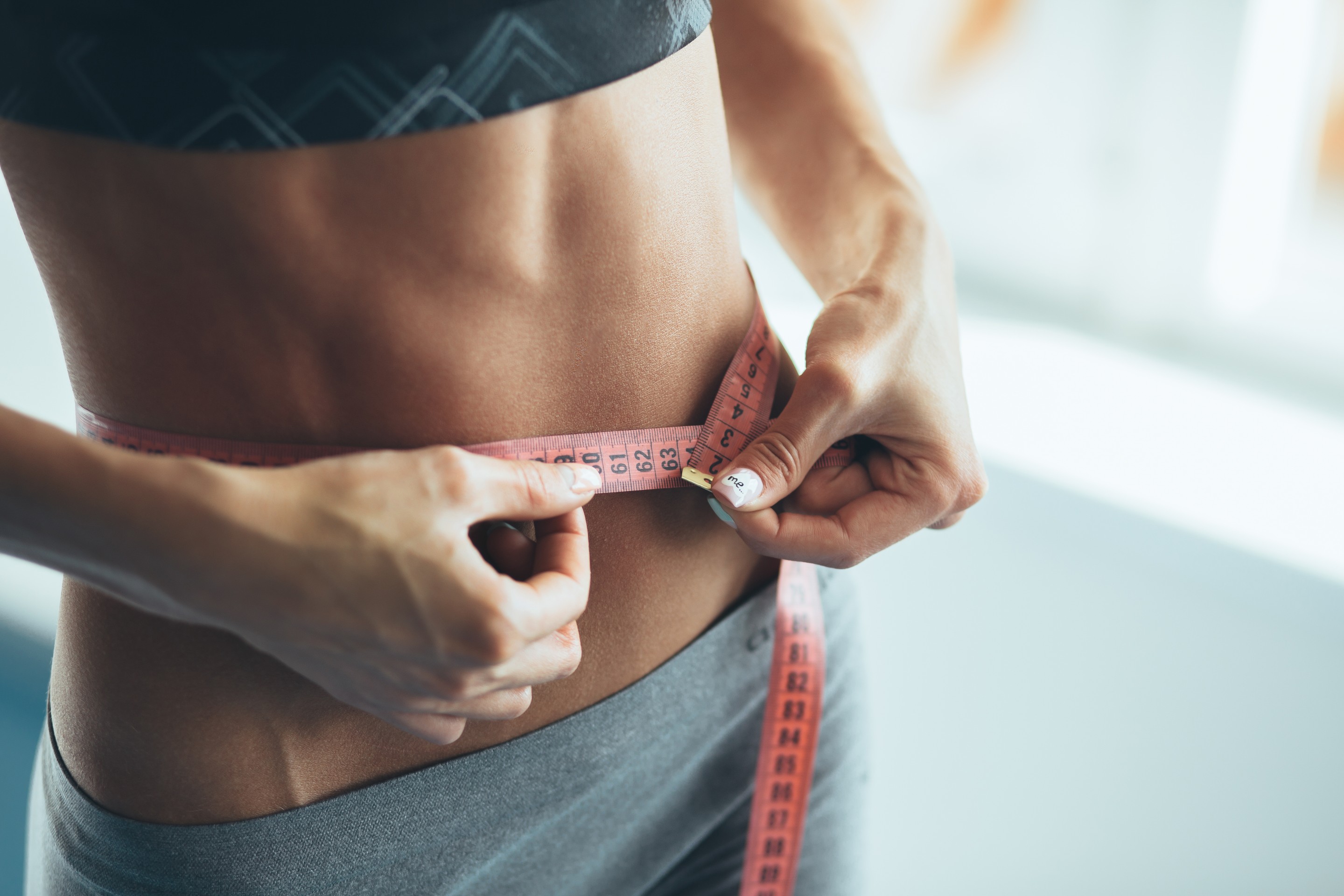
To lose fat, you really want to consume a greater number of calories in a day than you eat (otherwise called making a calorie deficiency) — and you need to do this again and again. Assuming that you do this sufficiently long, your body will involve existing fat stores for energy. The outcome? Fat-misfortune.
You can make a calorie deficiency by rolling out dietary improvements, however exercise can likewise help. Truth be told, exercise might even enhance your outcomes: In one review, overweight and hefty ladies who followed an eating routine and exercise program for one year lost more weight than ladies who followed an eating routine just program (10.8% versus 8.5%).
Assuming that you're considering adding activity to your fat-misfortune plan, you should think about beginning with the least demanding choice: "Ostensibly, the most straightforward sort of activity to lose fat is energetic strolling," says Shelley Keating, PhD, a specialist at the School of Human Movement and Nutrition Sciences at The University of Queensland, Australia. A 15-year concentrate on distributed in the 2009 issue of The American Journal of Clinical Nutrition observed strolling was related with less weight acquired over the long haul. All in all, strolling routinely may assist you with keeping up with — or even lose — weight over the long haul.
Customary cardio practice like strolling can likewise bring down degrees of stomach and organ fat, which assume a vital part in the improvement of ongoing illnesses like diabetes, hypertension and heftiness, "despite the fact that you may not see a change on the scale," Keating says. A recent report in the Journal of Hepatology, for instance, observed ordinary oxygen consuming activity worked on liver fat by 18-29% in overweight and hefty individuals — paying little mind to practice force.
Attempt BRISK WALKING
Fortunately, strolling is a really direct action. "It is the central type of movement for a person," Keating says. "It very well may be done in practically any climate and with insignificant gear."
Strolling at any speed offers benefits, however strolling at a lively speed might offer considerably more prominent fat-misfortune benefits. Think about these assessments from Harvard Medical School: A 155-pound individual who strolls for 30 minutes at a speed of 3.5 mph consumes around 149 calories, however assuming that equivalent individual knocks up the speed to 4 mph, he/she consumes approximately 167 calories quickly.
Anyway, what qualifies as "lively strolling"? As indicated by the Centers for Disease Control and Prevention (CDC), strolling at a speed of something like 2.5 mph is viewed as energetic strolling, and falls under the classification of moderate-power work out.
Notwithstanding, as strolling at a speed of 2.5 mph will feel pretty much extraordinary relying upon your level, weight, wellness level, as well as the territory (i.e., sloping or lopsided landscape causes your stroll to feel more serious than level or even landscape), checking your force on a size of 0-10 may be better. On this scale, 0 relates to sitting, while 10 compares to the most significant level of exertion conceivable. As per the CDC, moderate-force exercises — like energetic strolling — feel like a 5 or 6.
On the off chance that you don't know where to begin, take a stab at following these proposals from the CDC: Aim to get somewhere around 2 1/2 hours of moderate-force cardio (i.e., energetic strolling) consistently. For much more noteworthy medical advantages (e.g., diminished chance of coronary illness, Type 2 diabetes and fat addition), twofold these proposals.
Make certain to match your strolling routine with a solid eating regimen. While exercise can assist you with making a calorie deficiency — through the calories consumed both during and after the exercise — your eating regimen is basic. "The key for fat misfortune is how much energy you exhaust with each exercise meeting, and the number of calories that you're consuming through your eating regimen," Keating says. An enlisted dietitian might help.
Assuming that you're new to practice or have an ongoing condition, Keating suggests finding support from a wellness proficient, similar to an activity physiologist.
Different REASONS TO WALK
Fat-misfortune is just a single motivation to add strolling to your daily schedule. "Practice is one of the main things you can accomplish for good wellbeing," Keating says.
For a certain something, ordinary activity like lively strolling can work on your cardiorespiratory wellness. "Cardiorespiratory wellness is so significant for wellbeing and life span that driving doctors in the U.S. have called for it to be estimated in standard check-ups as a crucial sign," Keating says. As indicated by a proclamation from the American Heart Association, having low cardiorespiratory wellness is related with a high gamble of coronary illness, demise from any reason and passing from different malignant growths. Additionally, even little enhancements in cardiorespiratory wellness can prompt significantly lower rates (10-30%) of coronary failures, strokes and other unfavorable cardiovascular occasions.